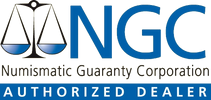
The Significance of Heirloom Jewelry
Heirloom jewelry holds profound significance beyond its intrinsic value, embodying a blend of emotional, historical, and financial importance:
1. Emotional Value
2. Historical Significance
3. Financial Value
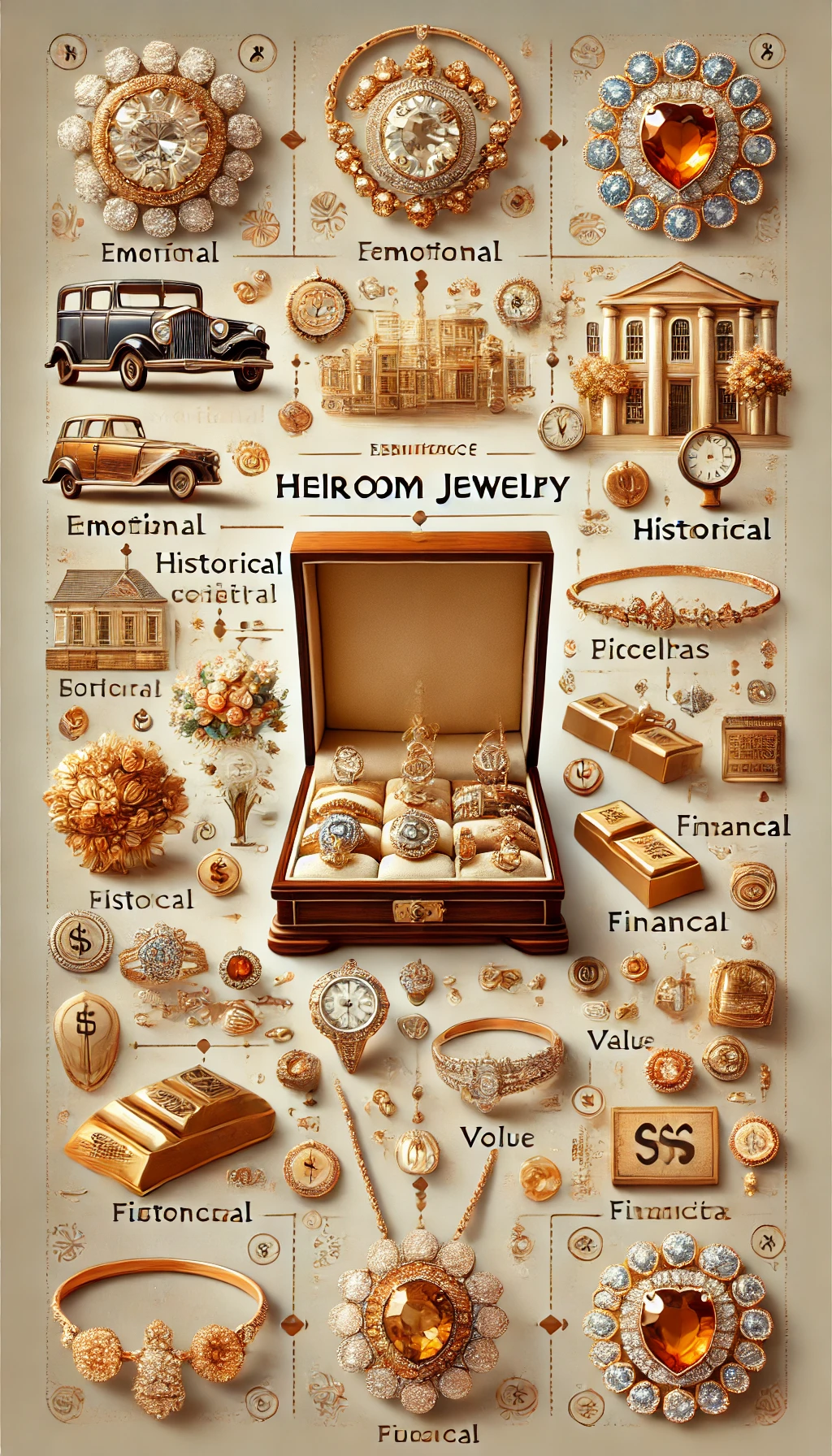
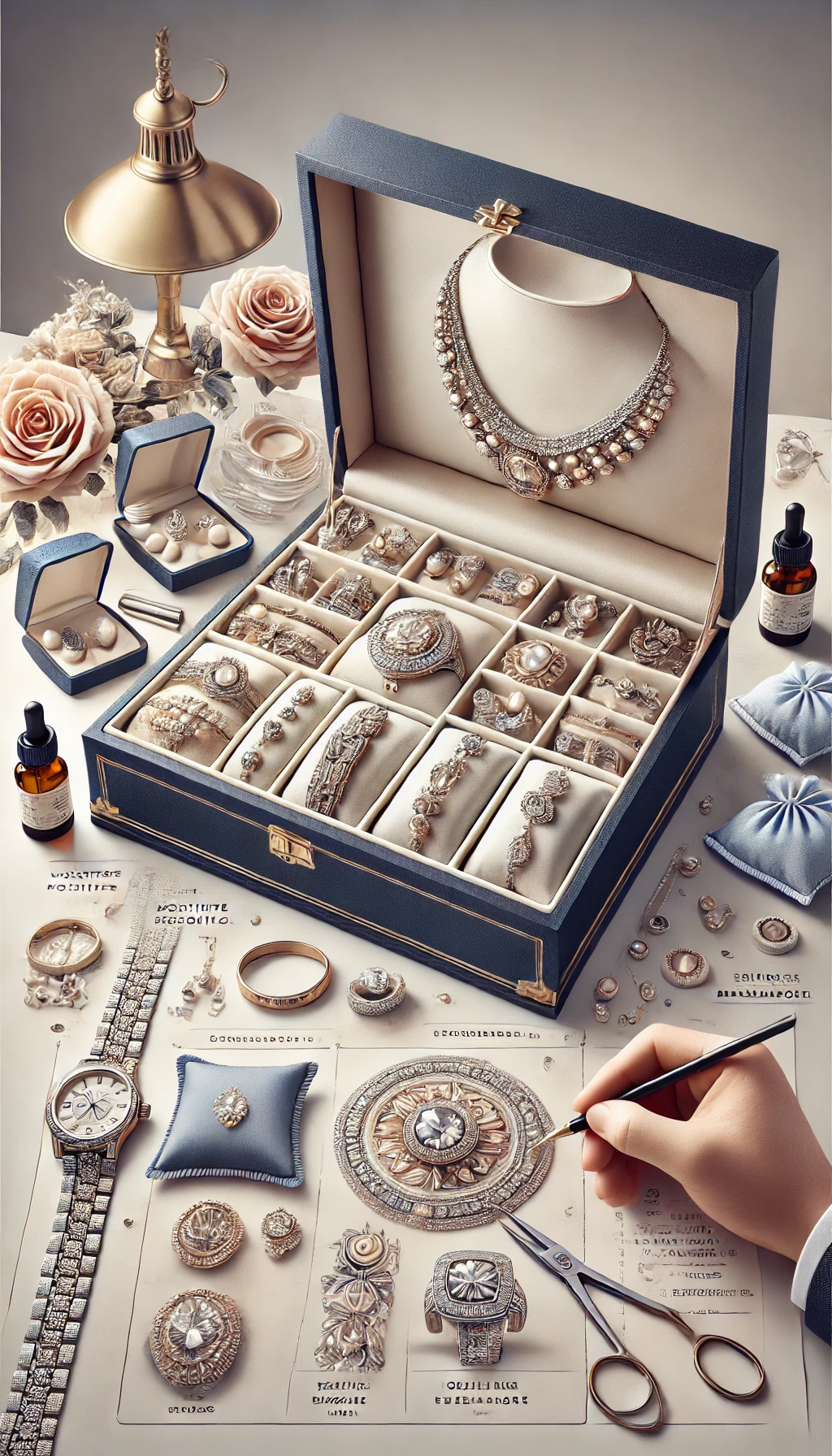
Caring for Your Heirloom Jewelry
Heirloom jewelry holds both sentimental and financial value, requiring proper care to maintain its beauty and longevity:
1. Storage
2. Cleaning
3. Appraisals
When Nobody Wants or Wears the Pieces
Heirloom jewelry, while cherished for its sentimental and historical value, may not always align with current preferences or practical use. Here are practical steps to consider when faced with this situation:
1. Understanding Preferences
2. Customizing and Repurposing
3. Family Discussions
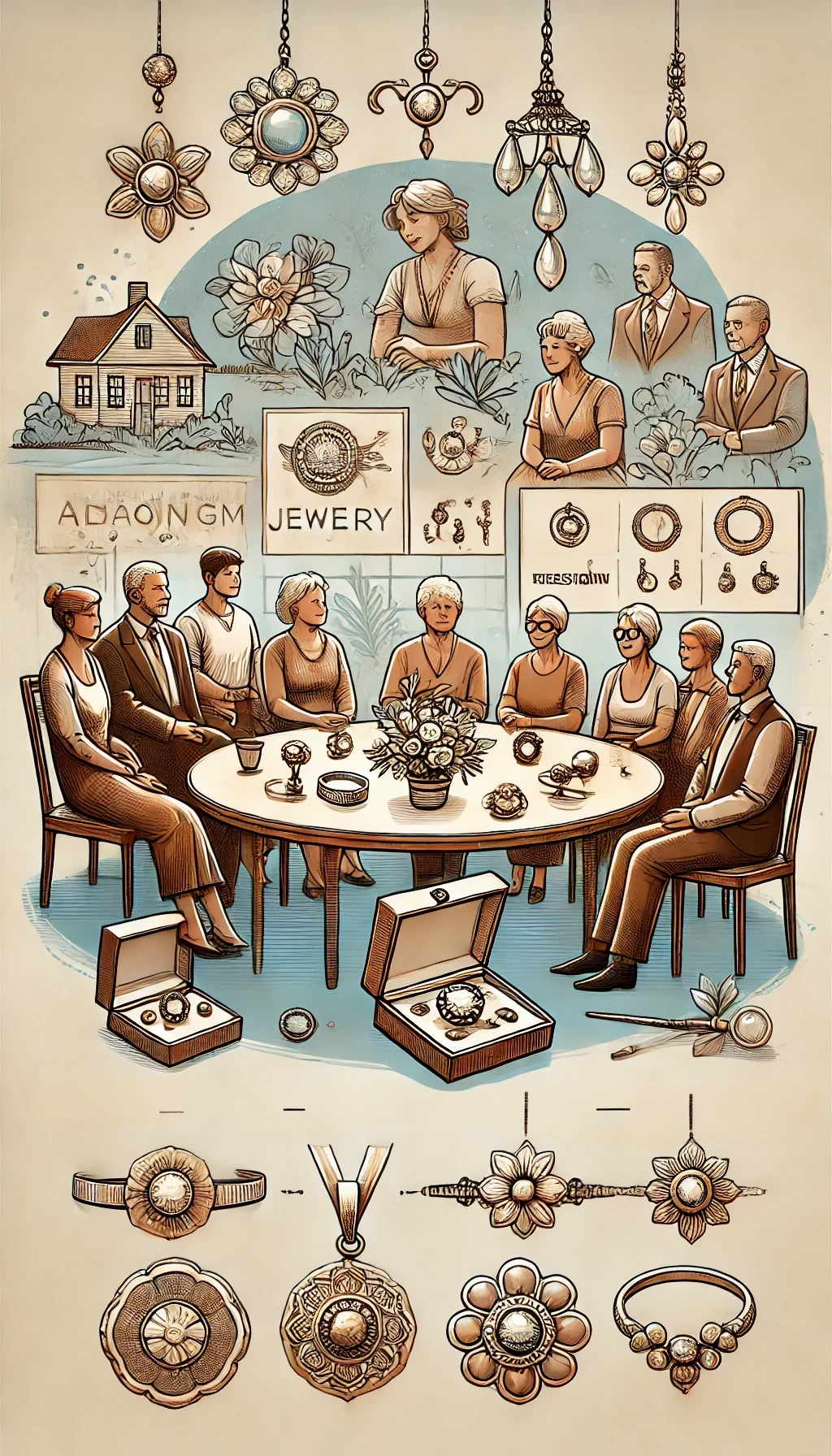
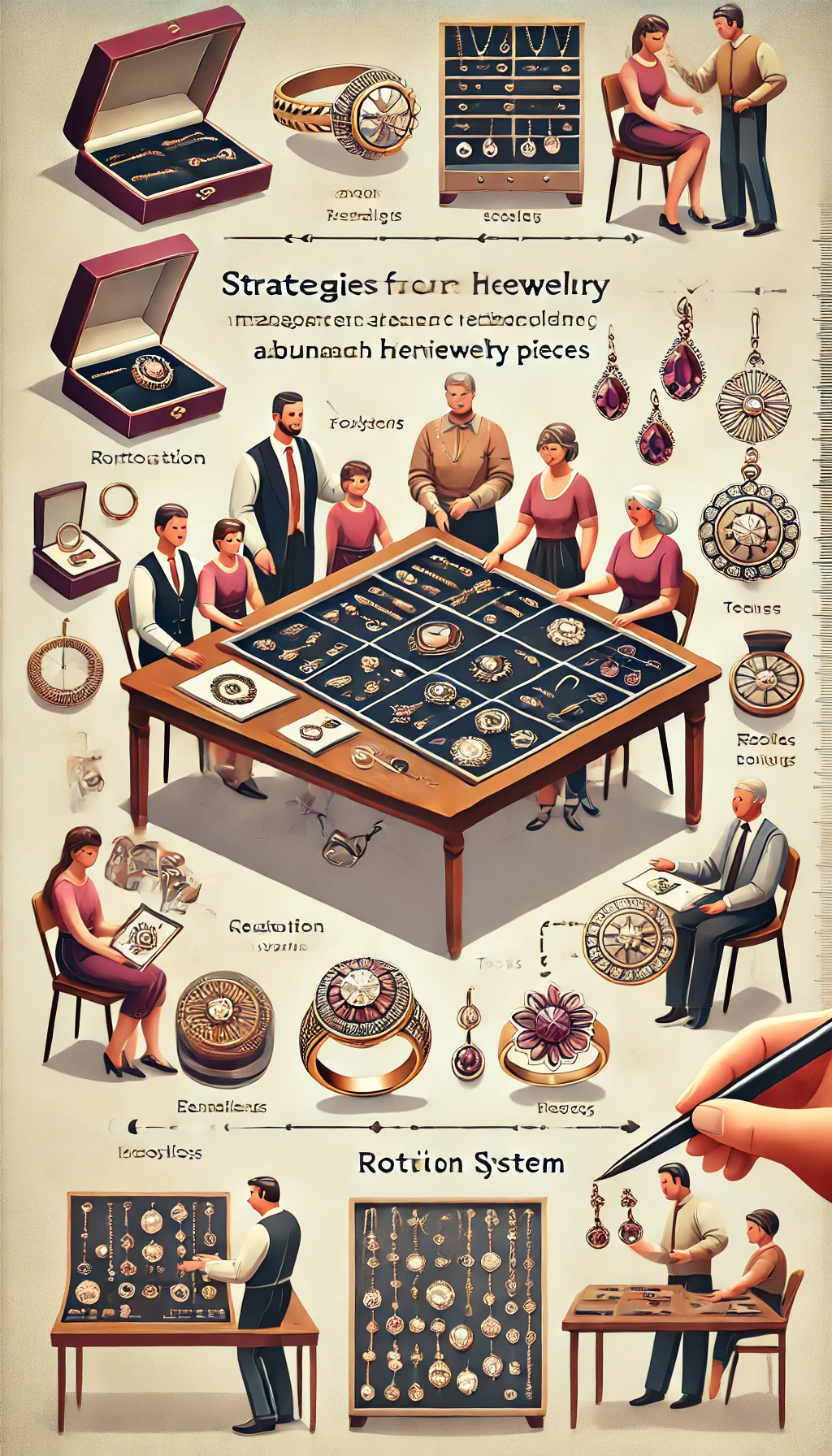
What to Do If You Have Too Many Heirloom Pieces
Heirloom jewelry often accumulates over generations, presenting challenges in distribution and preservation. Here are practical strategies to manage an abundance of heirloom pieces:
1. Rotation System
2. Creating Smaller Keepsakes
Selling Heirloom Jewelry to Split the Money
There are situations where selling heirloom jewelry becomes a practical decision, whether to redistribute wealth among heirs or due to lack of use. Here's what to consider when selling heirloom jewelry:
1. When Selling Makes Sense
2. Finding the Right Buyer
3. Maximizing Value
4. Emotional Considerations
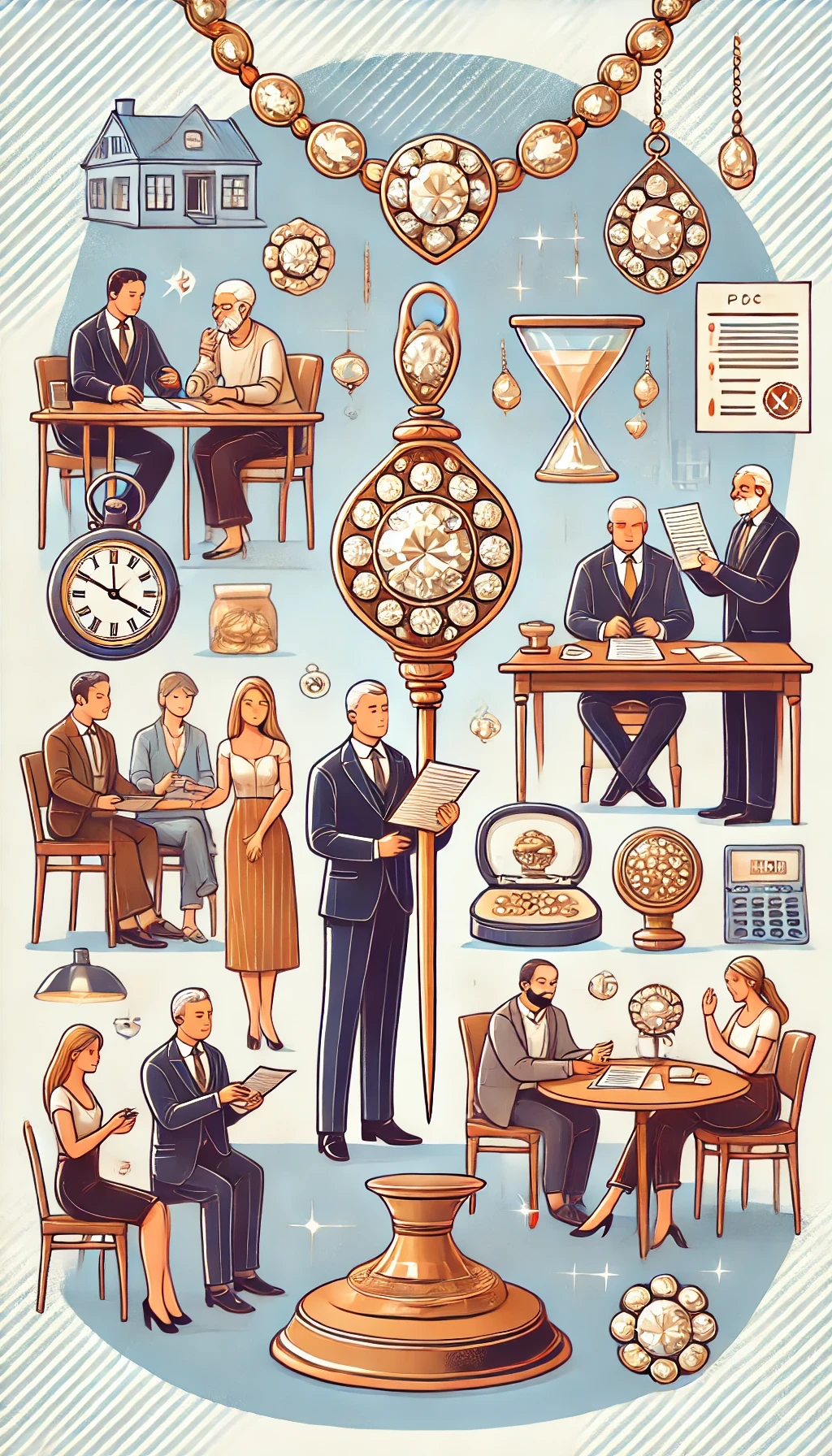
Heirloom jewelry is a precious link to our past, carrying both emotional and financial value. Whether you're passing down these treasures to the next generation, customizing them to better fit modern tastes, or deciding to sell them to ensure a fair distribution of their value, it's important to handle these pieces with the care and respect they deserve. By considering all options and having open family discussions, you can ensure that the legacy of your heirloom jewelry continues to be honored.

